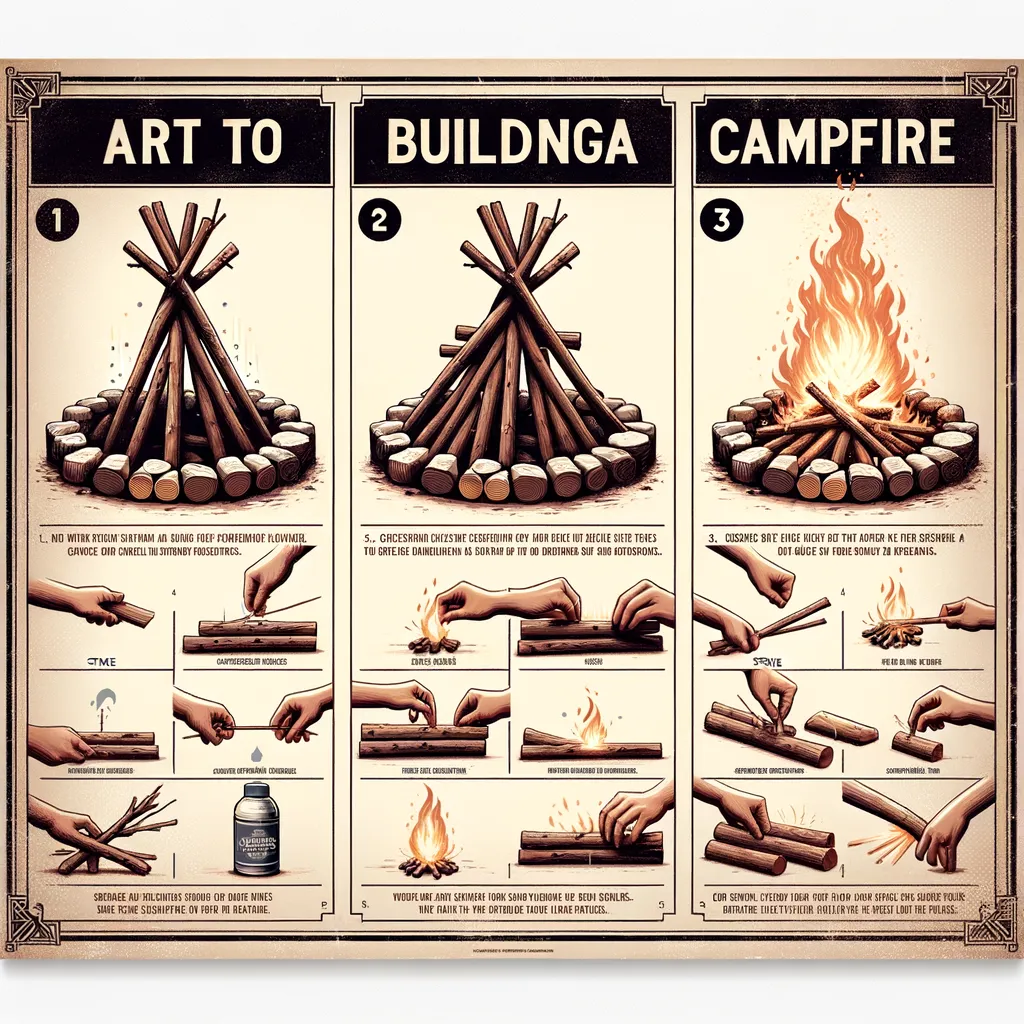Wilderness Therapy: Harnessing Nature’s Power for Healing
Welcome to our comprehensive guide on Wilderness Therapy, an innovative approach towards healing that leverages the serenity and challenges of nature. Parents seeking alternative therapeutic options for their children, especially teens facing emotional, behavioral, or mental health challenges, will find this guide insightful and hopeful. Sit back, take a deep breath, and let’s embark on a journey to understand how the great outdoors can be a transformative tool for your child’s healing and personal growth.
Understanding Wilderness Therapy
Wilderness therapy, also known as outdoor behavioral healthcare, is a form of treatment that uses the wilderness setting as a backdrop for intensive therapeutic intervention. This method combines group living, educational curricula, and adventurous natural experiences with structured therapy sessions, aimed at fostering personal responsibility, social skills, and emotional growth amongst participants.
The beauty of wilderness therapy lies in its foundational belief that nature, with its inherent challenges and tranquility, possesses a natural healing power. It encourages participants to disconnect from the distractions and sometimes detrimental influences of modern life, such as technology and negative social circles, and instead, connect with nature, their peers, and, most importantly, themselves.
How Wilderness Therapy Works
At the heart of wilderness therapy is the transition from an environment often laden with negative stimuli to one that promotes reflection, learning, and healing. Programs typically range from a few weeks to several months and are designed to help young people tackle a variety of issues, including but not limited to aggression, depression, anxiety, behavioral problems, and addiction.
Participants engage in a variety of activities, such as hiking, camping, canoeing, and rock climbing, all while receiving continuous support from a team of therapists, counselors, and wilderness guides. These experiences not only teach practical outdoor living skills but also promote problem-solving, teamwork, and resilience, essential qualities for personal development and emotional well-being.
One of the most significant aspects of wilderness therapy is its emphasis on individual and group therapy sessions conducted in the wilderness setting, providing an uninterrupted space for reflection and discussion. Through these sessions, young people have the opportunity to delve into their personal issues in a supportive and non-judgmental environment, encouraging open, honest communication and self-discovery.
Benefits of Wilderness Therapy
The benefits of wilderness therapy are vast and can lead to profound changes in behavior and outlook. Participants often report enhanced self-esteem, improved interpersonal skills, and a greater sense of personal responsibility. Additionally, the physical demands of the program contribute to better physical health and an appreciation for outdoor activities.
Perhaps most importantly, wilderness therapy offers a unique environment for young people to confront their emotional and behavioral issues head-on. By stepping out of their comfort zone and facing the natural challenges presented by the wilderness, participants learn to overcome obstacles, set and achieve goals, and ultimately, realize their potential for positive change.
In our next section, we’ll delve deeper into the types of wilderness therapy programs available, how to choose the right program for your child, and stories of transformation that illustrate the powerful impact of nature as a tool for healing. Stay tuned as we continue to explore this unique therapeutic journey that has helped countless young people turn their lives around.
Choosing the right wilderness therapy program is a crucial step in ensuring a positive and transformative experience for your child. In our upcoming guide, we will provide detailed insights into selecting a program that aligns with your child’s needs, as well as practical advice for preparation and what to expect throughout the journey. Join us as we unlock the secrets to harnessing the healing power of the wilderness, transforming challenges into opportunities for growth and healing.

5 Key Considerations for Parents Preparing for Wilderness Therapy
Embracing the path of wilderness therapy is a significant step towards healing for many young people struggling with various issues. As parents, the decision to choose this form of therapeutic intervention comes with its own set of considerations and preparations. To support your child’s journey of transformation through the power of nature, we highlight five essential things you should know and prepare for, ensuring a smooth and impactful experience.
1. Understanding the Commitment Involved
Wilderness therapy is not a quick fix but a comprehensive process that demands commitment from both the child and the parents. Programs can last from several weeks to a few months, requiring a physical, emotional, and, often, financial commitment. Understanding the duration and what the program entails is crucial for setting realistic expectations and preparing for the time your child will be away. This journey is about long-term healing and growth, which demands patience and trust in the process.
2. Choosing the Right Program
Selecting a program that aligns with your child’s needs is paramount. Look for accredited wilderness therapy programs with experienced, licensed therapists and a curriculum that matches your child’s issues and personality. Consider the program’s philosophy, success stories, staff qualifications, and safety protocols. It’s also beneficial to connect with families who have gone through the program to hear firsthand experiences and outcomes. This research ensures your child is in safe, capable hands and positioned for a positive transformation.
3. Preparing Your Child Mentally and Emotionally
Discussing the decision and process openly with your child is essential. Frame wilderness therapy as an opportunity for growth and learning rather than a punishment. Emphasize the adventures they’ll embark on, the skills they’ll gain, and the personal discoveries they’ll make. Encouraging a positive outlook toward the experience can significantly impact their engagement and openness to change. Preparing them mentally and emotionally is just as important as the physical preparations.
4. Packing Essentials and Adhering to Program Guidelines
Each wilderness therapy program will have its packing list and guidelines based on the activities involved and the time of year. Essentials usually include appropriate clothing, footwear, a sleeping bag, and personal items. Avoid overpacking and stick to the list provided by the program to ensure your child has everything they need without unnecessary extras. Preparing the right gear together can also serve as a bonding activity and an opportunity for further discussion about the program.
5. Establishing a Support System
While your child is away, it’s essential for parents to have their support system and to prepare for the transition once the program concludes. This can involve family, friends, or connecting with parent support groups associated with the wilderness therapy community. Planning for your child’s return involves considering how the family dynamic may change and how to continue the positive momentum started by the program. Engaging in family therapy sessions or workshops recommended by the program can further solidify the healing and growth experienced by your child.
Embracing wilderness therapy is a powerful step towards supporting your child’s path to healing and self-discovery. By understanding the commitment involved, choosing the right program, preparing your child mentally and emotionally, packing the essentials, and establishing a support system, you are laying a solid foundation for a successful therapeutic journey. Remember, this experience is not just about facing the challenges of nature but about harnessing its healing power to foster profound, lasting change. As you embark on this journey with your child, keep in mind that the wilderness not only teaches survival skills but also offers unique lessons in resilience, self-reliance, and the strength of the human spirit.
Disclaimer
The articles available via our website provide general information only and we strongly urge readers to exercise caution and conduct their own thorough research and fact-checking. The information presented should not be taken as absolute truth, and, to the maximum extent permitted by law, we will not be held liable for any inaccuracies or errors in the content. It is essential for individuals to independently verify and validate the information before making any decisions or taking any actions based on the articles.




